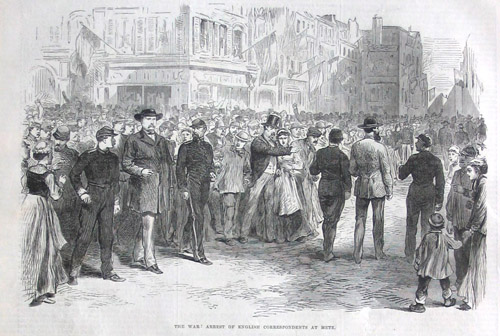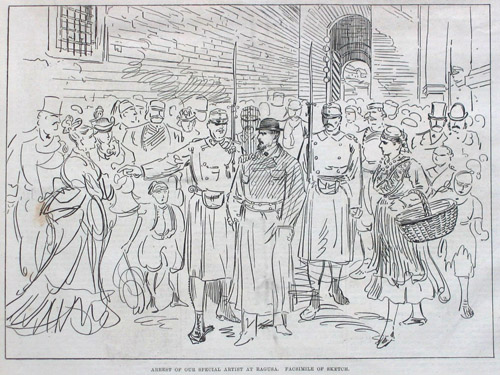In Europe from the 16th century onwards and right up to the 20th century, the topographical recording of landscapes, cityscapes and military architecture in accurately detailed images was seen as intimately bound up with territorial possession and/or conquest, regardless of changing structures of government, knowledge, recording techniques and weapons. This pictorial genre evidently evolved within a field of tension between practical military requirements and artistic interest. For the resulting images to be classified correctly, establishing a clear distinction between functionality and aesthetics, in other words between different artistic ends, at first sight seems a vital prerequisite. It is likely, however, that rather than falling into one category or the other, such images were characterized by an ambivalence that could not easily be resolved and that led to conflict. Thus an artistic landscape drawing could come under suspicion of serving as espionage. On the other hand, a military image of a landscape may not be easily identifiable as such even today.
Historically, a special role in this context was played by sketching: requiring only the most basic materials, fast to produce, mobile and suitable for any situation, sketches were a particularly efficient medium through which to capture a snapshot of a landscape from a military perspective. These characteristics, in combination with the (topical) crediting of artists with the ability to achieve a perfect imitation of nature, led to topographical draughtsmen being perceived as a military threat. The ‘conquest’ of territories by the eyes and drawings of itinerant artists was frequently forestalled by imposing bans on entry or on drawing. From the early modern era right up to the present, we have innumerable accounts of travelling artists who, upon being discovered drawing landscapes, cities or views of fortresses, were suspected of being spies by the local population and the civil and military authorities. These artist anecdotes all share striking similarities across the centuries.

William Simpson arrested under suspicion of espionage in Metz (MePri-Coll.)
The workshop will focus on two areas:
1. Military spy and/or artist: The artist-scout is the real, historical protagonist of the production and exploitation of drawings in military contexts. He is a producer of images whom art history knows little about. How can his work be characterized? What did his images look like, and how were they used?
The figure of the spy also represents a phantasm of the power of images and of conquest by an enemy. The accusation of espionage was primarily directed at artists from foreign parts and speaking a different language. It marked the draughtsman as a potential invader from the other side of the border. How should we interpret the accusation of espionage levelled at innocent artists? How may we explain the attribution of military power to their images? Is the confusion of artist and spy a consequence of mistaken reception, of ignorance on the part of the (art) public? Does being accused of spying actually boost the status of the artist, insofar as the power of his images is associated with military potency?
2. The sketches and drawings: Topographical drawings executed for military ends and ‘innocent’ landscape drawings that triggered accusations of espionage make up the second area of focus. What did the military drawings of a particular historical epoch look like and which pictorial conventions did they employ? Can they be distinguished from artistic landscapes and cityscapes from the same era and the same region? Are there clear criteria, in other words, differentiating a military from an ‘aesthetic’ landscape drawing, or is their meaning created by the way they are used? Is the imperialist gaze of the military conqueror inscribed in every topographical image?

Melton Prior under suspicion of espionage in Sicily (MePri-Coll.)
This workshop, which will be held in English, takes place within the scope of the DFG-research project „Transkulturelle Verhandlungsräume von Kunst“. Conception: Ulrike Boskamp
Agenda: Denis Ribouillaut: Drawing the Landscape in Renaissance Italy: Seductions and Dangers / Margaret Bradley: French Observers on their Travels in the late 18th and early 19th Centuries / Ulrike Boskamp: “This Martyr of the Pencil”. British Tourists and the Sketching of Fortifications in 19th Century Verona / James Fox: Artists and Espionage during the First World War
3. Februar 2012, 13.00-18.00 Uhr, Freie Universität Berlin, Kunsthistorisches Institut, Koserstraße 20, D-14195 Berlin, Raum A 163